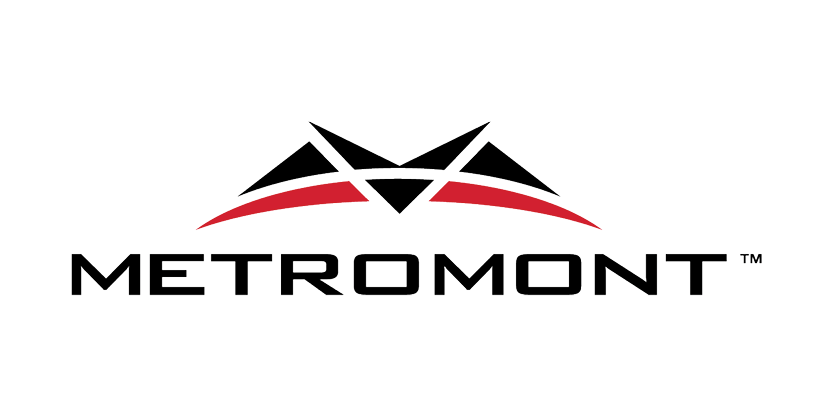Will You Provide Input on Streets and Stormwater Manuals? City Staff Wants to Hear From YOU.
Originally published on August 8, 2023, by Rob Nanfelt the Executive Director for REBIC.
City Staff is seeking feedback on proposed revisions to two important manuals. Details follow:
- Charlotte Streets Manual - Staff is proposing amendments to clarify the intent and processes referenced in the UDO. They include:
- Process for amendment and adjustments to street design & type
- Additional infrastructure mitigation options for development
- Process for review/consideration of reduced parking requests (as allowed in UDO Tier 3 zoning districts)
- Proposed Amendments Draft (redline)
- Proposed Amendments Draft (clean version)
- Appendix of Amendments
- Send comments to Ed McKinney, Deputy Director, Charlotte Department of Transportation, (704)936-8350 before September 25th.
- Stormwater Control Measure (SCM) Design Manual - Charlotte-Mecklenburg Storm Water Services is currently in the process of revising the BMP Design Manual, which will now be called the Stormwater Control Measure (SCM) Design Manual. Please provide any feedback to Gurveer Uppal by the close of business on Friday, August 18th.












































